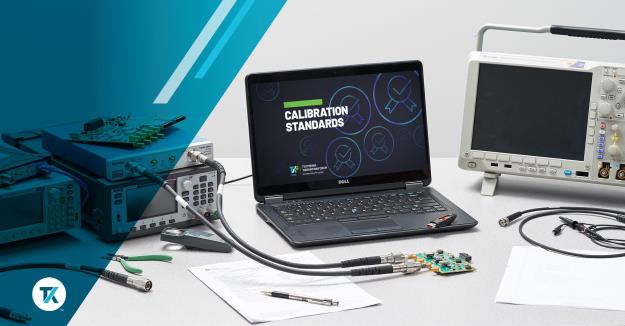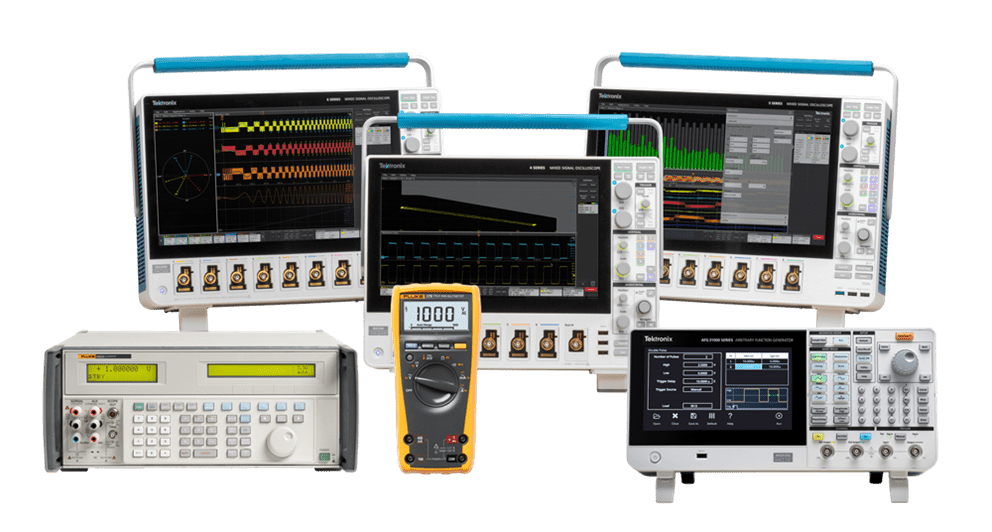

Industry specific calibration standards can change periodically, and this year is no exception. In this blog, we’ll discuss what’s new and what’s changed with calibration standards.
Background
Before diving into recent changes, let’s first take a look at the American Standards Z540.1 & Z540.3 along with international standard ISO/IEC 17025. ANSI – representing American National Standard Institute and NCSLI – representing National Calibration Standards Laboratory International – a volunteer member based Professional Trade Organization and the organization who hosted the writing committee of the Z540 standards.
ANSI/NCSL Z540.1-1994 (R2002) – commonly referred to as “Z540.1” is an American standard for Calibration Laboratories and Measuring and Test Equipment General Requirements. The Standard was withdrawn as an active standard in July 2007.
The Standard was originally released in 1994 to replace MIL-STD-45662A after the Department of Defense prohibited the use of military standards in favor of commercial performance standards. Z540.1 is made up of two parts:
- Part 1 focuses on Calibration Laboratory general requirements
- Part 2 deals with the quality assurance requirements for a Supplier’s system (product or calibration service supplier) to control the accuracy of the measuring and test equipment
A Standard marked “withdrawn” means the standard is no longer reviewed, updated or maintained active by the writing committee. Z540.1 remains recognized and utilized in the industry today.
ISO – representing International Organization for Standardization (ISO) and IEC – representing International Electrotechnical Commission both are made up of National bodies members who develop Standards through technical committees.
ISO/IEC 17025:2017, General Requirements for the Competence of Testing and Calibration Laboratories, was released at the end of November 2017 replacing its predecessor, ISO/IEC 17025:2005.
In addition to the ISO 9001 Quality Management System requirements, ISO/IEC 17025 promotes confidence through demonstration of competency and generation of valid results. The most significant change in the 2017 edition is the introduction of the term “Decision Rule”, which requires customer agreement and reporting on the Calibration / Testing certificate. A Decision Rule describes how measurement uncertainty is accounted for when stating conformity with a specified requirement.
We make a statement of conformity whenever we report “Pass or Fail” or “In-tolerance/Out-of-Tolerance” in a calibration or test report. Information on the Tektronix Decision Rule offerings and what they mean are available in the Tektronix Decision Rule Guide. on our website.

New Calibration Standard Changes
- ANSI/NCSL Z540.3.2006 (R2013), Requirements for the Calibration of Measuring and Test Equipment was withdrawn as an active standard in October 2020.
The standard was originally released to replace ANSI/NCSL Z540.1-1994 Part II and prescribes the requirements of an organization’s calibration system including test and measuring equipment inventory, calibration requirements, calibration intervals and calibration procedures.
The Z540.3 update introduced measurement decision risk criteria – where calibrations provide for verification that measurement quantities are within specified tolerances, the probability that incorrect acceptance decisions (false accept) will result from calibration tests shall not exceed 2%.
It’s important to note that although not prevalent in service requests, Z540.3, like Z540.1, is a withdrawn standard but remains recognized and utilized in the Industry. It’s commonly requested by DoD / Contractors.
- The American Standards Committee for Z540 held a meeting in March 2022 and provided an update on the three working groups:
- WORKING GROUP 1 – Investigate process to accept JCGM100 suite and ISO Guide 98 [uncertainty of measurement] as an American National Standard (ANS)
- WORKING GROUP 2 –Investigate process to accept ISO/IEC 17025:2017 as an American National Standard (ANS)
- WORKING GROUP 3 - To propose a new standard that bridges the gap between ISO 9001 and ISO/IEC 17025
ISO/IEC 17025:2017(E) contains numerous references to “the customer” but does not elaborate on specific customer responsibilities. The proposed document will facilitate the communication between customers and accredited labs regarding calibration matters.
ISO 9001:2015 clause 7.1.5.2 prescribes that measuring equipment shall be calibrated when necessary to ensure valid results, but it does not impose specific requirements for calibration, such as accuracies, measurement uncertainty, or details of calibration procedures. The proposed standard covers those gaps.
Understanding these significant changes – and calibration standards and requirements in general – is paramount to maintaining compliance. The ASC Z540 Committee continues to hold recurring meetings to evaluate and discuss the working group proposals. Be sure to check back here at our blog or our website for updates as they become available.
Visit our website for more information on calibration services, or request a quote.


